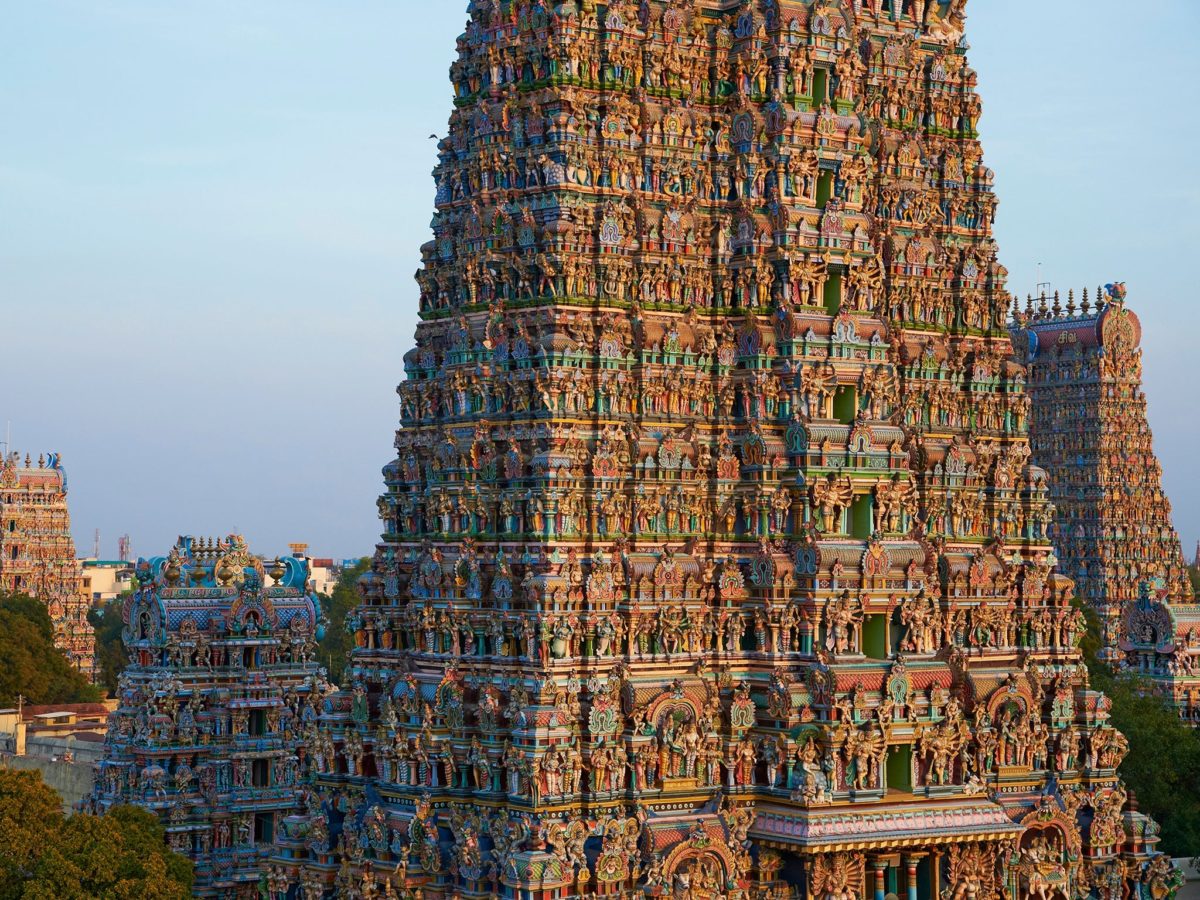ppr-revolution.com – Sri Ranganathaswamy Temple, located in Srirangam, Tiruchirappalli, Tamil Nadu, is a sacred Hindu temple dedicated to Lord Ranganatha, a reclining form of the Hindu deity Vishnu. Renowned for its architectural grandeur and spiritual significance, it stands as one of the largest functioning Hindu temple complexes in the world.
Historical Background
The origins of the Sri Ranganathaswamy Temple trace back to ancient times, with its history deeply intertwined with Tamil culture and spiritual traditions. The temple has been mentioned in several ancient Tamil texts and is revered in the works of the Alvars, the Tamil Vaishnavite poet-saints. Over centuries, it has been patronized by various dynasties, including the Cholas, Pandyas, Hoysalas, and Vijayanagara rulers, each contributing to its architectural splendor.
Architectural Grandeur
The temple is a masterpiece of Dravidian architecture, characterized by its imposing gopurams (towering gateways), intricately carved pillars, and expansive courtyards. The temple complex is enclosed by seven concentric walls, known as prakarams, each housing various shrines, mandapams (halls), and gardens. The Rajagopuram, the main tower of the temple, stands at an impressive height of 236 feet, making it one of the tallest temple towers in the world.
Spiritual Significance
As a prominent pilgrimage site, the Sri Ranganathaswamy Temple holds immense religious importance for devotees of Vishnu. It is one of the 108 Divya Desams, holy shrines lauded in the Tamil canon, Naalayira Divya Prabandham. The temple celebrates numerous festivals throughout the year, the most notable being the Vaikunta Ekadasi, attracting thousands of devotees from across the globe.
Cultural Impact
The temple’s influence extends beyond spirituality, playing a crucial role in preserving and promoting Tamil culture and traditions. It serves as a hub for religious discourse, classical music, and dance performances, thus enriching the cultural tapestry of the region.
Conclusion
The Sri Ranganathaswamy Temple stands as a testament to the architectural brilliance and spiritual depth of ancient India. Its enduring legacy continues to inspire and attract pilgrims and tourists alike, offering a glimpse into the rich cultural and religious heritage of Tamil Nadu.

